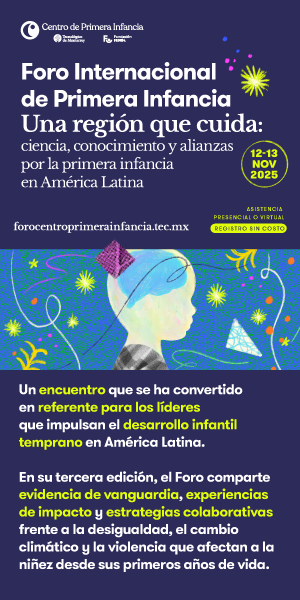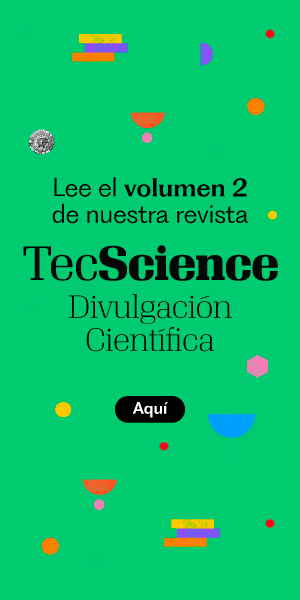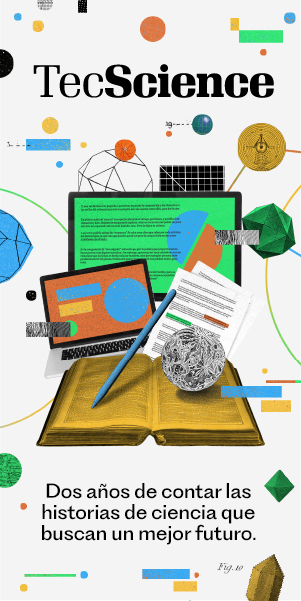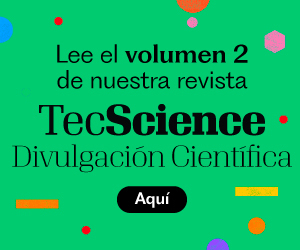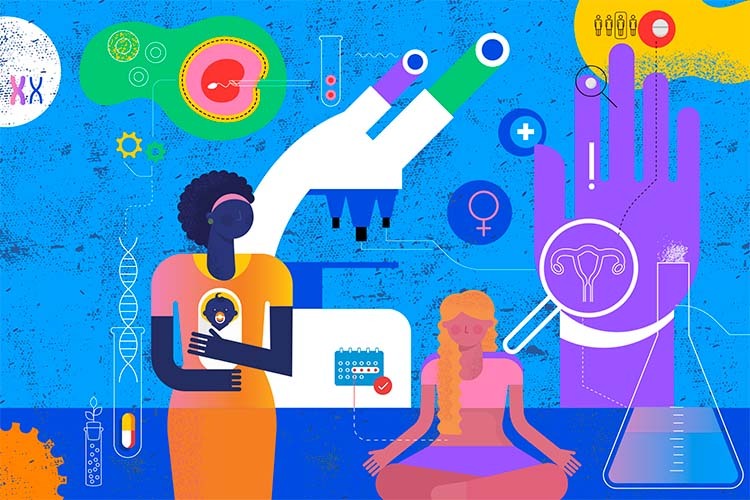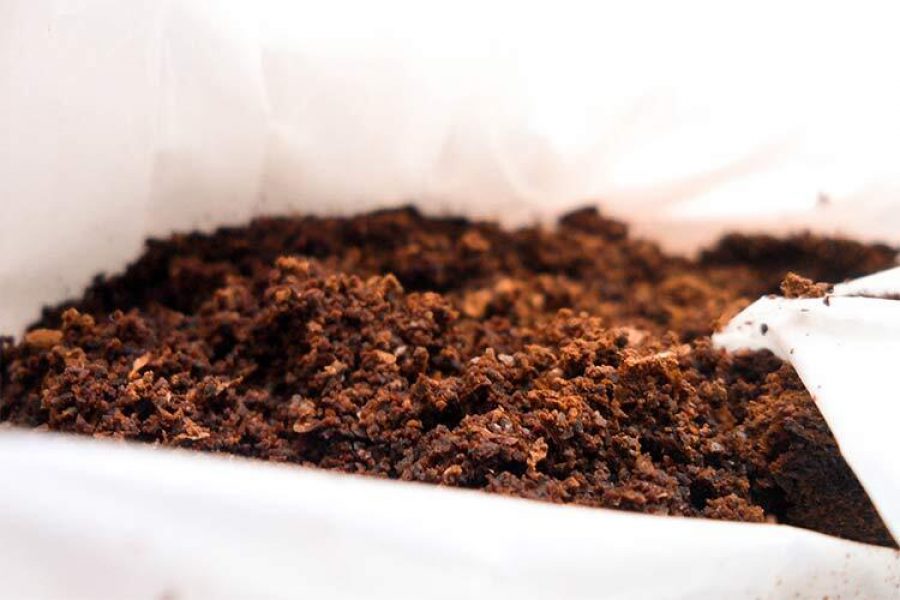At the 2025 International Obesity Research Congress, researchers from the Institute for Obesity Research (IOR) unveiled a series of breakthroughs to transform how we treat obesity and its far-reaching effects, especially on heart health. Their work includes potential therapies for cardiac hypertrophy, arrhythmias, and blood sugar spikes, using tools like bioengineering, cellular models, and plant-derived compounds like cannabidiol.
Using CBD to Counter Cardiac Hypertrophy
Lautaro Daniel Fabiani presented promising results from his work with cannabidiol (CBD), the non-psychoactive component of cannabis, to counteract cardiac hypertrophy—an abnormal enlargement of the heart muscle.
In both animal and cell models, administering different doses of CBD significantly reduced the size of hypertrophic heart cells. Fabiani’s team also saw a decline in molecular markers associated with tissue damage and fibrosis. In short, CBD prevented cells from growing excessively and helped keep heart tissue more elastic and functional.
“We can say with confidence that CBD effectively reduces cardiac hypertrophy and the molecular signs of tissue remodeling,” Fabiani explained.
Targeting Mitochondrial Calcium to Prevent Arrhythmias
Felipe Salazar introduced research on mitochondrial function and its role in cardiac arrhythmias, potentially life-threatening conditions like ventricular fibrillation. His team focused on a specific calcium channel, the mitochondrial calcium uniporter (MCU), which regulates how calcium flows into mitochondria.
Too much calcium inside mitochondria can trigger oxidative stress and disrupt the heart’s rhythm. Using a targeted MCU inhibitor, the researchers prevented 100% of arrhythmias in experimental models simulating extreme heart stress.
“Mitochondrial calcium overload leads to oxidative stress that affects not just the mitochondria but also the sarcoplasmic reticulum,” Salazar said. “Inhibiting this channel may offer a new way to preserve cellular energy and prevent arrhythmias.”
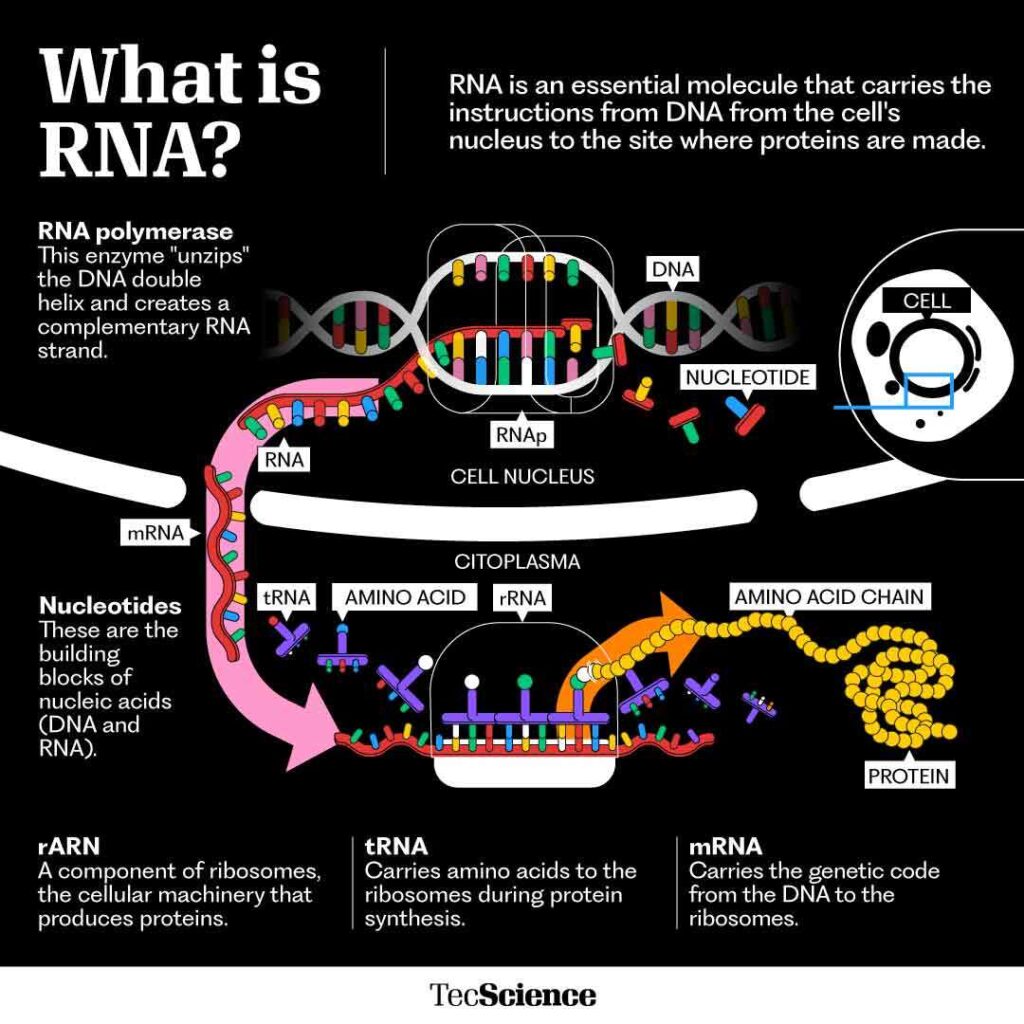
Chickpea-Based Beverage May Help Curb Blood Sugar Spikes
Frineth de la Luz Limón presented an experimental drink made from selenium-enriched sprouted chickpea flour. The beverage is designed to increase satiety and reduce glucose spikes, key contributors to metabolic diseases.
The researchers found that the powdered drink with finer particle sizes contained more protein, fat, and beneficial fatty acids. These characteristics slowed digestion in lab simulations and reduced the glycemic impact, hinting at a promising tool in the fight against chronic disease.
“The slowly digestible starch content was higher in the filtered versions of the drink,” said Limón. “That suggests a lower glycemic response and potential protective effects.”
Nanoparticles That Target Fat Cells
Aneliza Flores shared early findings from a nanotechnology project to deliver treatments directly to white adipose tissue—the fat cells that store excess energy.
Her team developed polymeric nanoparticles engineered to recognize a specific protein on fat cells and deliver therapeutic agents like CBD. In lab tests, they achieved a 26% increase in the particles’ ability to bind with target cells, thanks to surface modifications that boost interaction with fat tissue.
“We’ve optimized the concentrations,” Flores said. “Now we’re planning additional in vitro studies to test cytotoxicity using encapsulated cannabidiol.”
From chickpeas to cannabinoids, and from nanotech to heart cells, these studies reflect a growing movement to treat obesity with nuance and scientific rigor. Rather than focusing solely on weight, these researchers are asking bigger questions—about how we heal, prevent, and care.
Were you interested in this story? Do you want to publish it? Contact our content editor to learn more about marianaleonm@tec.mx








